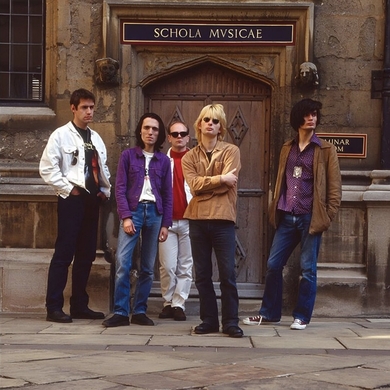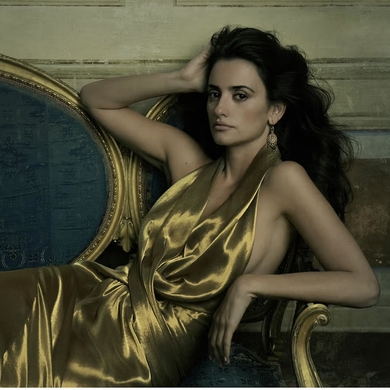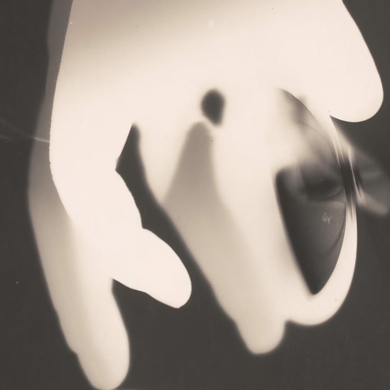Robert Rauschenberg’s move into postmodern experimentation began in 1948, when he enrolled at Black Mountain College, in North Carolina. He hoped to study under Josef Albers, who had previously taught at the Bauhaus, after reading about him in Time magazine. He did study with Albers, but wasn’t quite disciplined enough to suit the artist. The avant-garde composer John Cage was also teaching at Black Mountain, and the two struck up a lasting friendship. In the early 1950s, Rauschenberg moved to New York City, where he began incorporating everyday materials and photographs into his paintings and sculptures. “Photography has always been a major part of my vision,” he said, “my excuse for meddling with what the world looks like.” This exhibition, which pairs Rauschenberg’s work with pieces from Italian movements such as Arte Povera and Futurism, explores his lasting impact on art history. It marks the first in a series of international shows celebrating Rauschenberg’s centenary. —Elena Clavarino
Arts Intel Report
Rauschenberg and the 20th Century

Robert Rauschenberg, Parsons’ Live Plants Ammonia (Cardboard), 1971.
When
Apr 5 – June 29, 2025
Where
Etc
Photo courtesy of Thaddeus Ropac
Nearby
1
Art
Pirelli HangarBicocca



